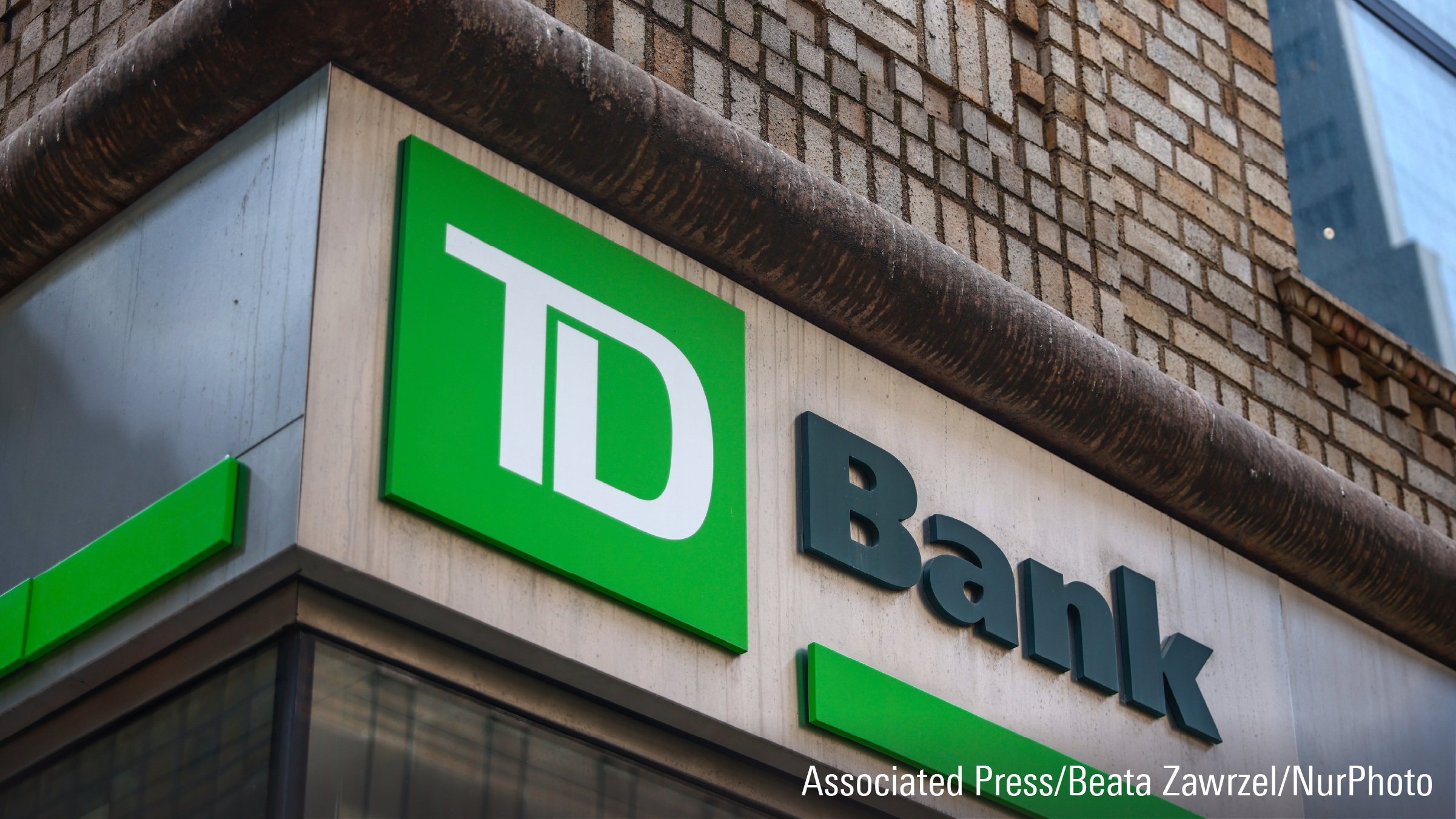Ruth Saldanha: What's the difference between a Morningstar Star Rating and a Morningstar Quantitative Rating? Is a Star Rating better? And what is a Gold fund? To help understand the difference and pick better funds for your portfolio Morningstar's Director of Investment Research Ian Tam is here today.
Ian, thank you for being here today.
Ian Tam: Thanks for having me, Ruth.
Saldanha: What's the difference between a Star Rating and a Quantitative Rating?
Tam: The Star Rating for Morningstar is a backward-looking assessment on a risk-adjusted basis of a fund's performance against the category to which it belongs. And that's defined by the Canadian Investment Funds Standards Committee in Canada. The medalist ratings for Morningstar are actually Morningstar's assessment of the potential to outperform a category in the future based on our assessment of the pillars. So, the pillars that Morningstar considers are parent, people, process. In a recent change in our analyst framework, we actually had two of the I guess more important pillars be absorbed into other parts of the framework, specifically the performance portion and the price portion.
Saldanha: So, past performance is not necessarily an indicator of future returns. Does that mean that the Star Ratings cannot be used to pick funds in the future?
Tam: The Star Ratings are based on history. And we found that if an investor were to incorrectly pick a fund based strictly on the Star Rating, they still would have had a reasonable chance to outperform funds with fewer stars. So, think of this almost like a report card. A student that's getting straight As or in our language 5 stars is likely or more likely to get As in the future versus maybe a B or a C student. And that's the similar way that we've shown in our data the Star Rating's performance. Funds with 5 stars as a group tend to outperform funds that have 4 stars, 3 stars, 2 stars and 1 star and so forth.
Saldanha: We recently revamped our quantitative ratings and we dropped the price pillar. Does it mean that price is no longer important when picking funds?
Tam: Quite the opposite, Ruth. We didn't actually drop the price pillar. It's still very important to Morningstar. In fact, it's even more important in the new analyst framework. So, we actually put a very explicit focus on fees in the new framework. In fact, we will subtract the fee from the expected gross of fee alpha to arrive at the medalist rating of Gold, Silver, Bronze, Neutral and Negative. So, we're actually a lot more focused on fees. And in fact, funds with multiple share classes can receive different ratings, because we are subtracting the fees for each share class.
Saldanha: So, finally, how do I use the MQRs to pick a fund for my portfolio?
Tam: The first thing you want to do is have a focus on what asset class you want to be invested in. So, again, there are multiple categories in Canada, for example, Canadian equity, dividend income, fixed income. That's the most important consideration when picking any fund in terms of your investment because your asset allocation, which is tied to how much risk you can take on, should be the most important consideration for the investments. Once you decide on your category, then you can go ahead and start to look at the medalist ratings within that category. And of course, higher-ranked or higher-rated funds, Gold, Silver and Bronze will, in the future hopefully, outperform Neutral and Negative. And historically, since the inception of the medalist ratings in Canada, Morningstar has found that to be the case. So, the medalist rated funds do tend as a group to outperform neutral and negative-rated funds.
Saldanha: Thank you so much for joining us today, Ian.
Tam: Thanks, Ruth.
Saldanha: For Morningstar, I'm Ruth Saldanha.
Are you overpaying for performance?
Learn about average fund fees and expenses in our free report






.jpg)











